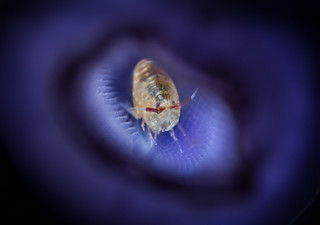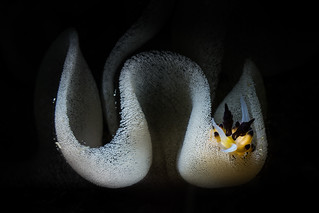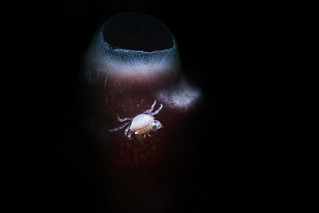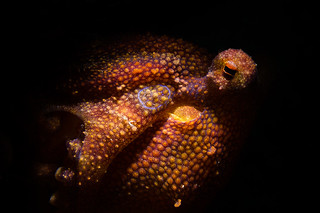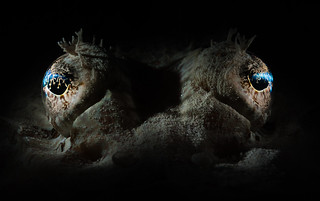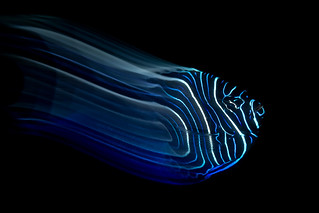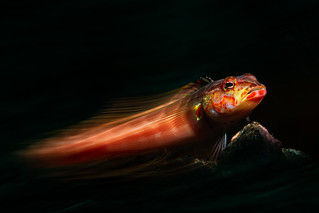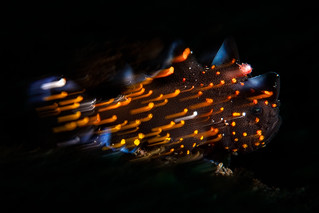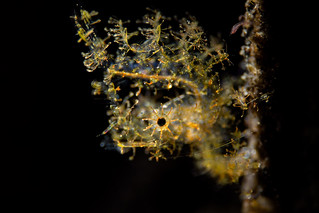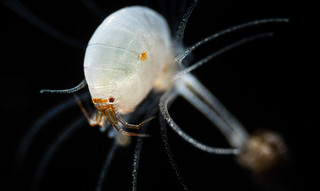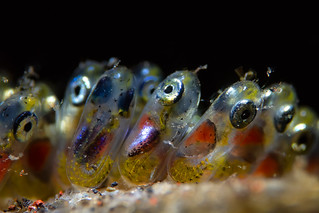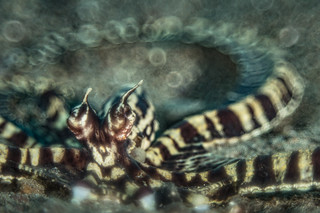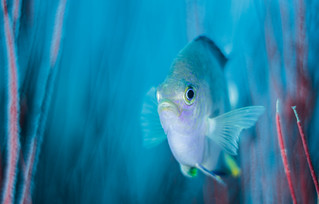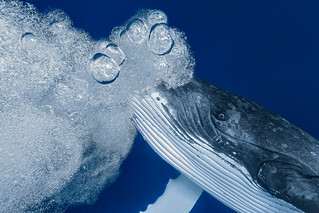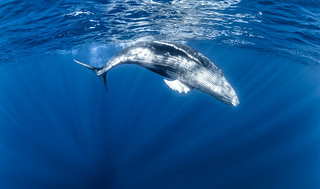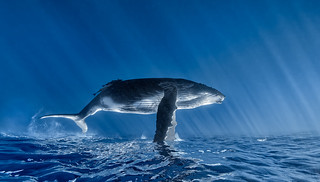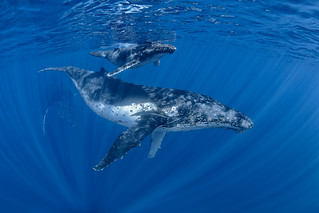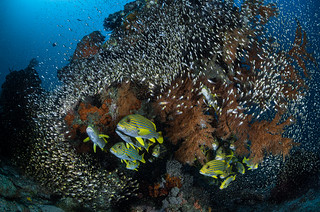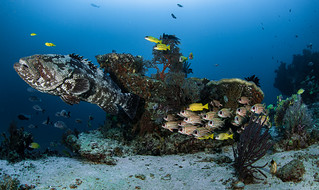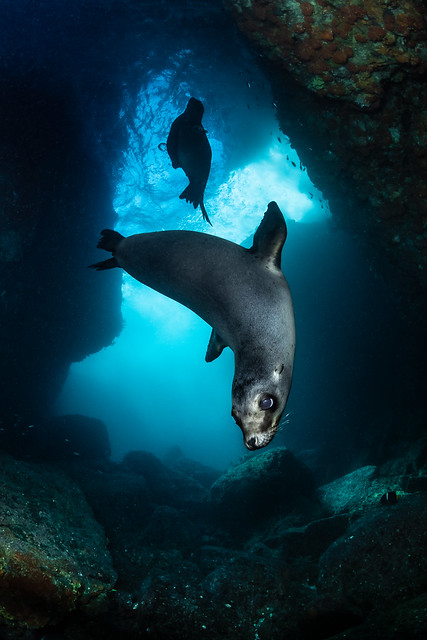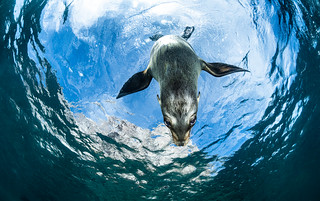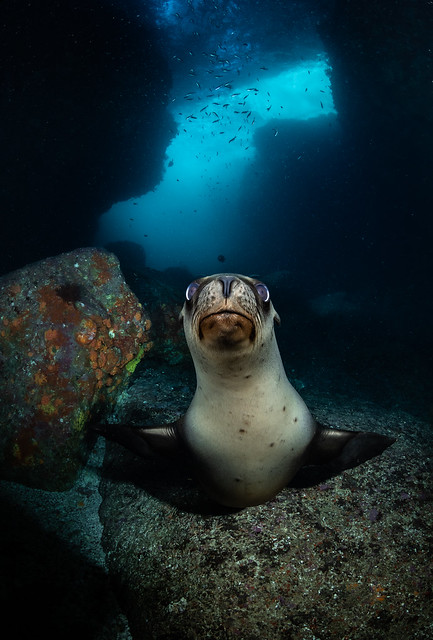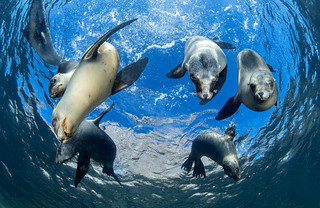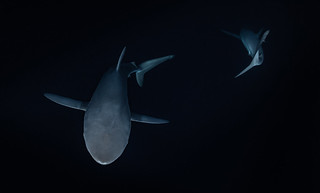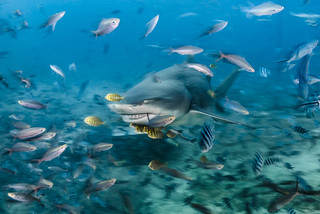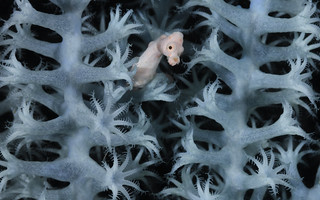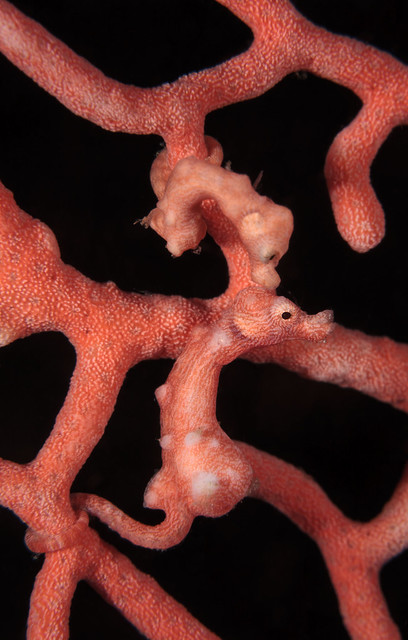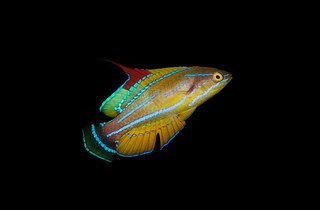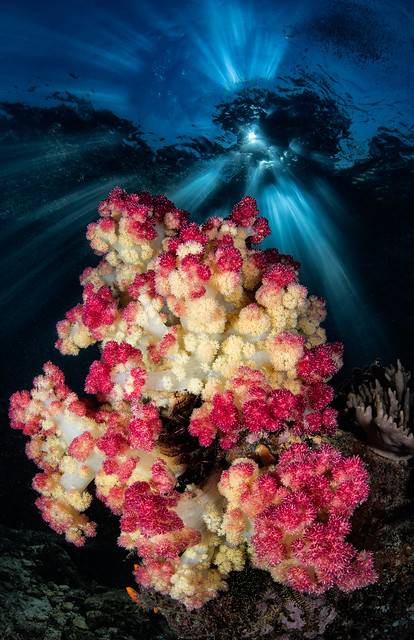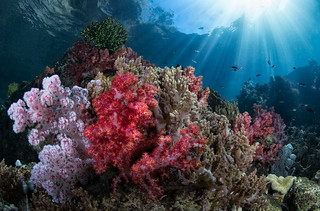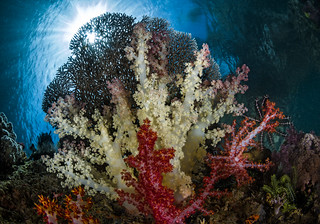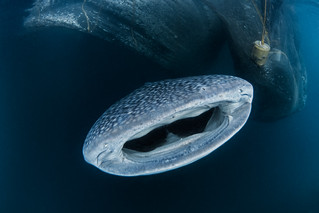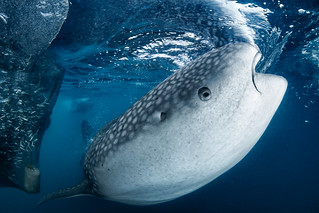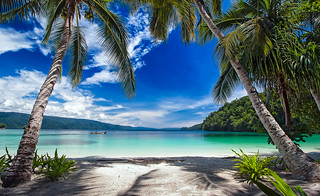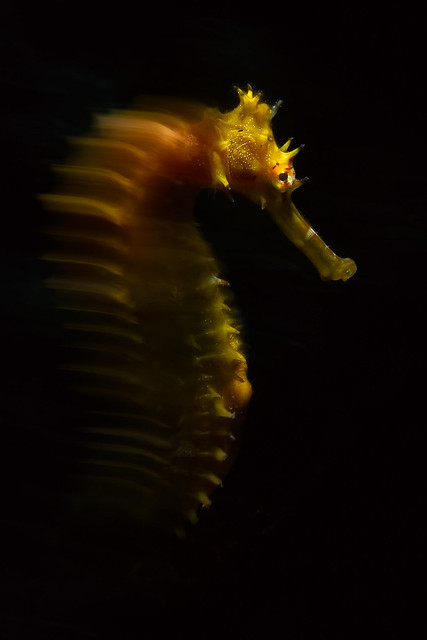It has been almost two years from my first posts on HLG capture with the GH5 https://interceptor121.com/2018/06/15/setting-up-your-gh5-for-hlg-hdr-capture/ and last week Apple released Catalina 10.15.4 that now supports HDR-10 with compatible devices. Apple and in general computer are still not supporting HLG and it is unlikely this is ever going to happen as the gaming industry is following VESA DisplayHDR standard that is aligned to HDR-10.
After some initial experiments with GH5 and HLG HDR things have gone quiet and this is for two reasons:
- There are no affordable monitors that support HLG
- There has been lack of software support
While on the surface it looks like there is still no solution to those issues, in this post I will explain how to grade HLG footage in Final Cut Pro should you wish to do so. The situation is not that different on Windows and DaVinci Resolve that also only support HDR-10 monitors but I leave it to Resolve users to figure out. This tutorial is about final cut pro.
A word about Vlog
It is possible to use Vlog to create HDR content however VLOG is recorded as rec709 10 bits. Panasonic LUT and any other LUT are only mapping the VLOG gamma curve to Rec709 so your luminance and colours will be off. It would be appropriate to have a VLOG to PQ LUT however I am not aware this exists. Surely Panasonic can create that but the VLOG LUT that comes with the camera is only for processing in Rec709. So, from our perspective we will ignore VLOG for HDR until such time we have a fully working LUT and clarity about the process.
Why is a bad idea to grade directly in HLG
There is a belief that HLG is a delivery format and it is not edit ready. While that may be true, the primary issue with HLG is that no consumer screens support BT.2020 colour space and the HLG gamma curve. Most display are plain sRGB and others support partially or fully DCI-P3 or the computer version Display P3. Although the white point is the same for all those colour spaces there is a different definition of what red, green and blue and therefore without taking into this into account, if you change a hue, the results will not be as expected. You may still white balance or match colours in HLG but you should not attempt anything more.
What do you need for grading HDR?
In order to successfully and correctly grade HDR footage on your computer you need the following:
- HDR HLG footage
- Editing software compatible with HDR-10 (Final Cut or DaVinci)
- An HDR-10 10 bits monitor
If you want to produce and edit HDR content you must have compatible monitor let’s see how we identify one.
Finding an HDR-10 Monitor
HDR is highly unregulated when it comes to monitors, TVs have Ultra HD Premium Alliance and recently Vesa has introduced DisplayHDR standards https://displayhdr.org/ that are dedicated to display devices. So far, the Display HDR certification has been a prerogative of gaming monitors that have quick response time, high contrast but not necessarily high colour accuracy. We can use the certified list of monitors to find a consumer grade device that may be fit for our purpose: https://displayhdr.org/certified-products/
A DisplayHDR 1000 certified is equivalent to a PQ grading device as it has peak brightness of 1000 nits and minimum of 0.005 this is ideally what you want, but you can get by with an HDR-400 certified display as long as it supports wide colour gamut. In HDR terms wide gamut means covering the DCI-P3 colour space at least for 90% so we can use Vesa list to find a monitor that is HDR-10 compatible and has a decent colour accuracy. Even inside the HDR-400 category there are displays that are fit for purpose and reasonably priced. If you prefer a brand more orientated to professional design or imaging look for the usual suspects Eizo, Benq, and others but here it will be harder to find HDR support as usually those manufacturers are focussed on colour accuracy, so you may find a display covering 95% DCI-P3 but not necessarily producing a high brightness. As long as the device supports HDR-10 you are good to go.
I have a Benq PD2720U that is HDR-10 certified, has a maximum brightness of 350 nits and a minimum of 0.35, it covers 100% sRGB and REC709 and 95% DCI-P3, so is adequate for the task. It is worth nothing that a typical monitor with 350-400 nits brightness offers 10 stops of dynamic range.
In summary any of this will work if you do not have a professional grade monitor:
- Look into Vesa list https://displayhdr.org/certified-products/ and identify a device that supports at least 90% DCI-P3, ideally HDR-1000 but less is ok too
- Search professional display specifications for HDR-10 compatibility and 10 bits wide gamut > 90% DCI-P3
Final Cut Pro Steps
The easy way to have HDR ready content with the GH5 is to shoot with the HLG Photo Style. This produces clips that when analysed have the following characteristics with AVCI coded.

Limited means that it is not using the full 10 bits range for brightness you do not need to worry about that.
With your material ready create a new library in Final Cut Pro that has a Wide Gamut and import your footage.
As we know Apple does not support HLG so when you look at the Luma scope you will see a traditional Rec709 IRE diagram. In addition, the ‘Tone Mapping Functionality’ will not work so you do not have a real idea of colour and brightness accuracy.
At this stage you have two options:
- Proceed in HLG and avoid grading
- Convert your material in PQ so that you can edit it
We will go on option 2 as we want to grade our footage.

Create a project with PQ gamut and enter your display information in the project properties. In my case the display has a minimum brightness of 0.35 nits and max of 350 and it has P3 primaries with a standard D65 white point. It is important to know those parameters to have a good editing experience otherwise the colours will be off. If you do not know your display parameters do some research. I have a Benq monitor that comes with a calibration certificate the information is right there. Apple screens are typically also P3 with D65 white point and you can find the maximum brightness in the specs. Usually around 500 nits for apple with minimum of 0.5 nits. Do not enter Rec2020 in the monitor information unless your monitor has native primaries in that space (there are almost none). Apple documentation tells you that if you do not know those values you can leave them blank, final cut pro will use the display information from colour sync and try a best match but this is far from ideal.

For the purpose of grading we will convert HLG to PQ using the HDR tools. The two variants of HDR have a different way to manage brightness so a conversion is required however the colour information is consistent between the two.
Please note that the maximum brightness value is typically 1000 Nits however there are not many displays out there that support this level of brightness, for the purpose of what we are going to do this is irrelevant so DO NOT change this value. Activate tone mapping accessible under the view pull down in the playback window this will adapt the footage to your display according to the parameters of the project without capping the scopes in the project.

Finalising your project
When you have finished with your editing you have two options:
- Stay in PQ and produce an HDR-10 master
- Delete all HDR tools HLG to PQ conversions and change back the project to HLG
If you produce an HDR-10 master you will need to edit twice for SDR: duplicate the project and apply the HDR tool from HLG to SDR or other LUT of your choice.
If you stay in HLG you will produce a single file but is likely that HDR will only be displayed on a narrower range of devices due to the lack of support of HLG in computers. The HLG clip will have correct grading as the corrections performed when the project was in PQ with tone mapping will survive the editing as HLG and PQ share the same colour mapping. The important thing is that you were able to see the effects of your grade.

In my case I have an HLG TV so I produce only one file as I can’t be bothered doing the exercise two times.
The steps to produce your master file are identical to any other projects, I recommend creating a ProRes 422 HQ master and from there other formats using handbrake. If you change your project back to HLG you will get a warning about the master display you can ignore it.









